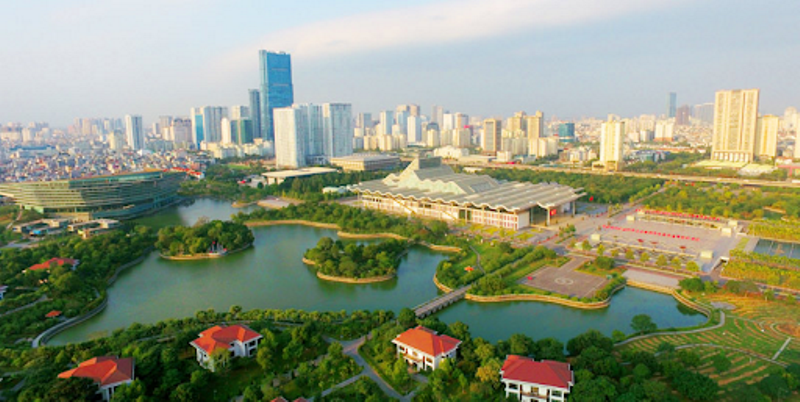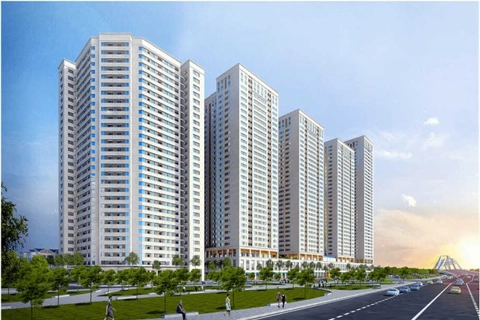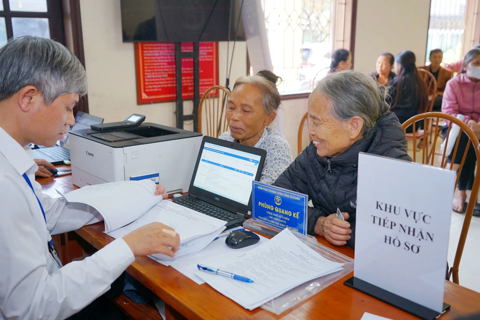Proper construction planning – a long term solution to air pollution
The Hanoitimes Urbanisation has helped push up Hanoi’s economic growth. Yet the lack of synchronous solutions may bring about various problems for the city including environmental pollution.
Air pollution has caused public concern when Hanoi was listed among the most polluted cities in the world. According to the Green Peace, the air pollution index in Hanoi in 2019 and 2020 sometimes reached alarming levels.
A corner of Ha Noi. Photo Pham Hung |
The main pollutants have been defined to be gas emissions from vehicles, coal stoves, long-time polluted lakes, industrial production, all worsened by weather effects.
However, many experts have pointed out the main reason is improper urban planning.
Architect Nguyen Tat Thang, head of Science, Technology and Data Management Department, under the National Architecture Institute, noted that negligence in applying requirements on construction density, population density and land using function has resulted in a “planning adjustment syndrome” leading to uncontrolled population growth, which causes pressure and has a destructive impact on the air environment and poor urban technical infrastructure.
Hanoi has rural areas beside urban centres with farming and industrial production activities. Many factories and hospitals are still located in the city, which everyday discharge rubbish, waste water and emissions into the surrounding area, he said.
Residential areas have been mushrooming while infrastructure has not been much cared for.
Architect Le Anh Tuan, from Hanoi Architects Association, said the public spaces of traffic roads, trees, lakes, and parks have been ignored in urban planning projects.
Many lakes in the city have been filled up to build buildings, which make it even more difficult to improve air quality, he said.
“The green growth development strategy to respond to climate change and reduce pollution has not been factored properly in macro policies and detailed planning projects,” he stressed.
Solutions suggested
Architect Phan Dang Son, chairman of Viet Nam Architects’ Association held that Ha Noi hosts a high density of population inside the city while the density has been increasing in the outskirts.
Architect Nguyen Tat Thang suggested the air pollution issue must be dealt together with the overall environment of the city.
“We should strictly follow regulations on construction planning, building density, population density and residential density,” he said.
He also stressed on the necessity to figure out direct and indirect pollutant sources to have synchronous solutions for planning, designing and connection, which can take advantage of existing natural environments including light sources, air, trees and lakes.
“Waste water should be treated properly before being discharged into the environment,” he added.
Architect Ngo Viet Nam Son, an expert in planning said the authorities should pay more attention to relocating industrial zones as a long-term solution.
“Moving industrial zones out of urban areas is a must-considered solution,” he said.
He also said there are many areas in Viet Nam with good air quality and urban areas with low population density, but in major cities like Ha Noi the high density of traffic, population and building have seriously affected air quality.
“To solve this problem we need long-term solutions including sustainable urban planning and institutional solutions,” he concluded.









